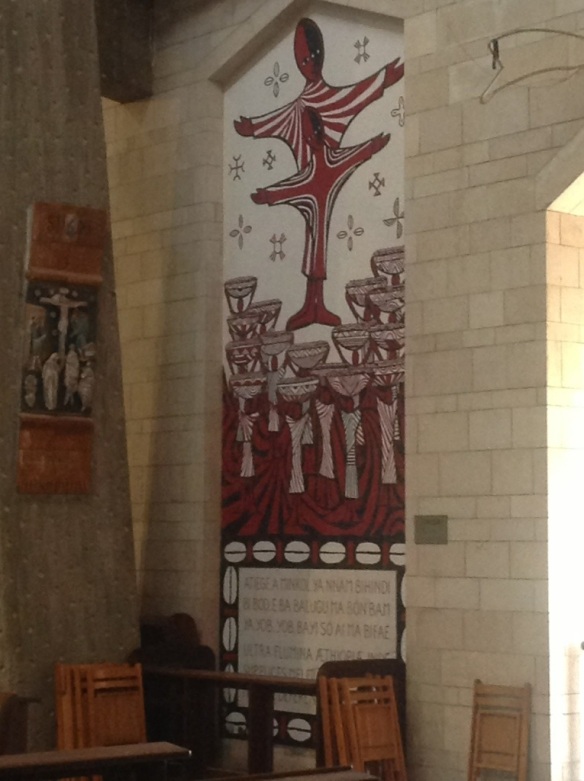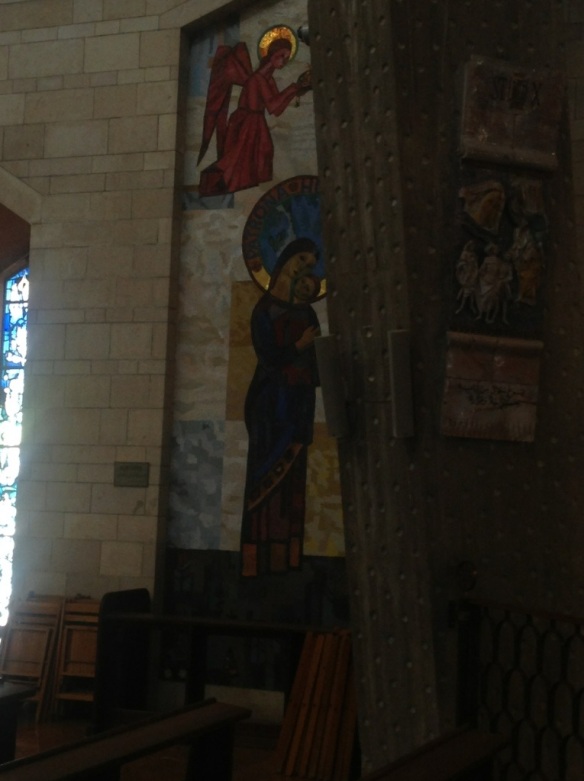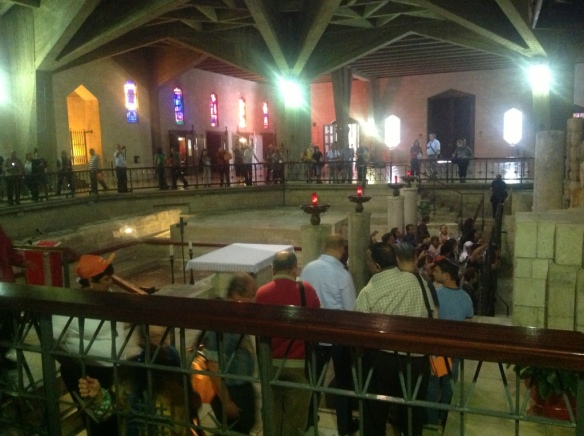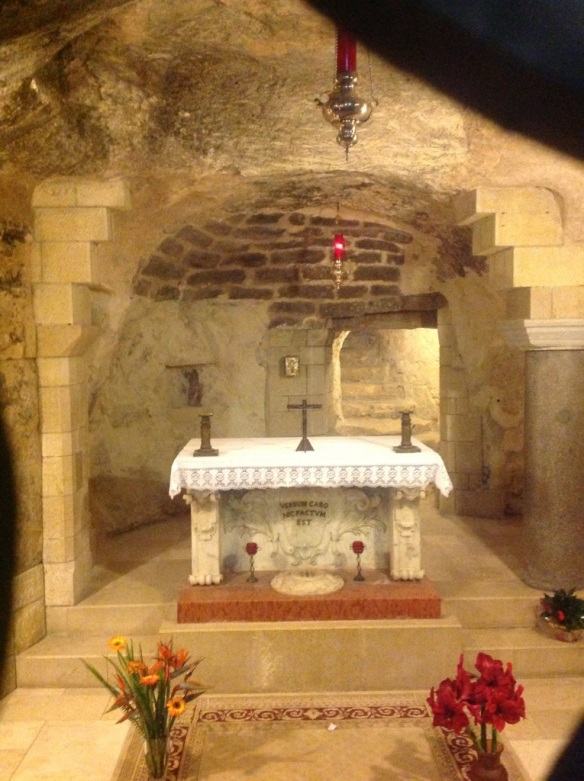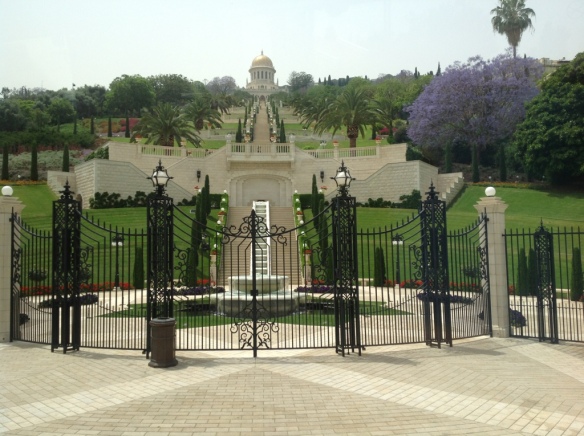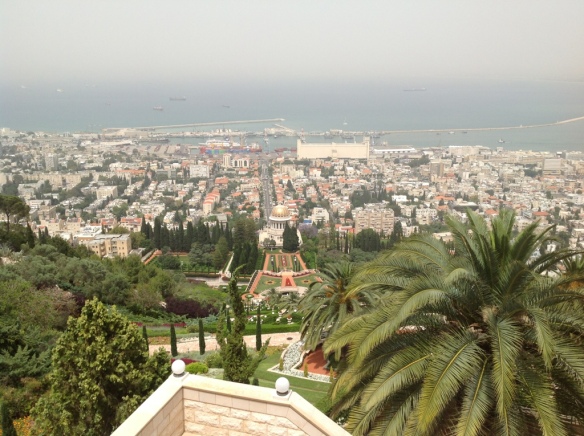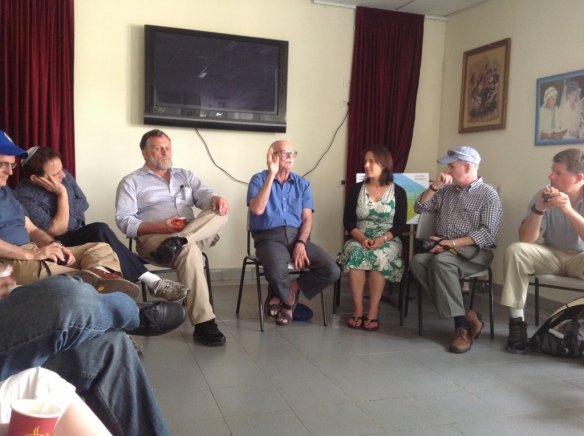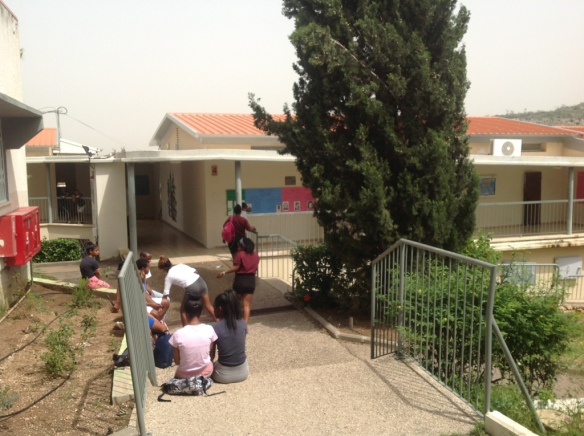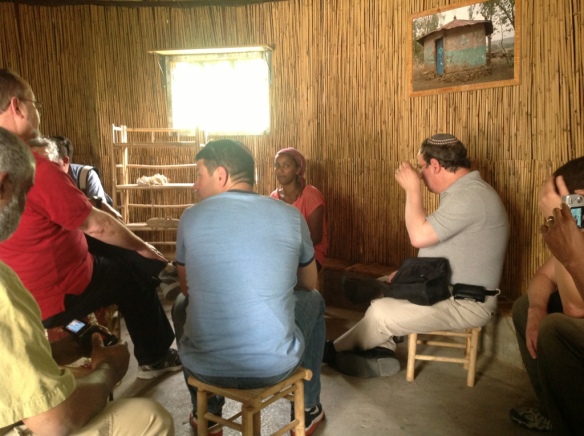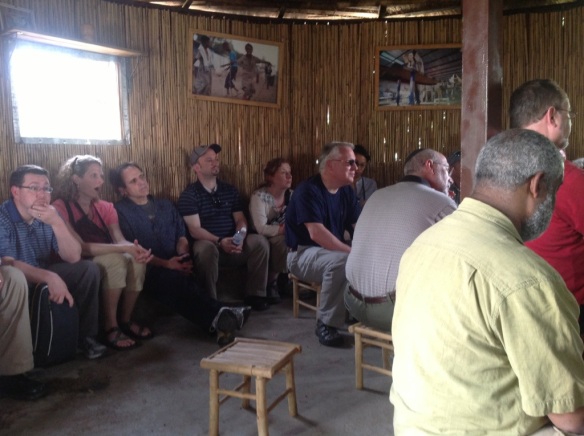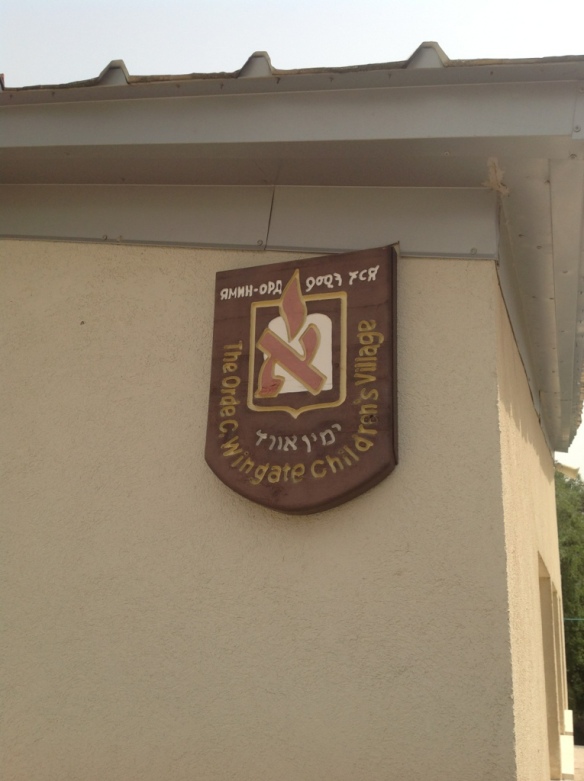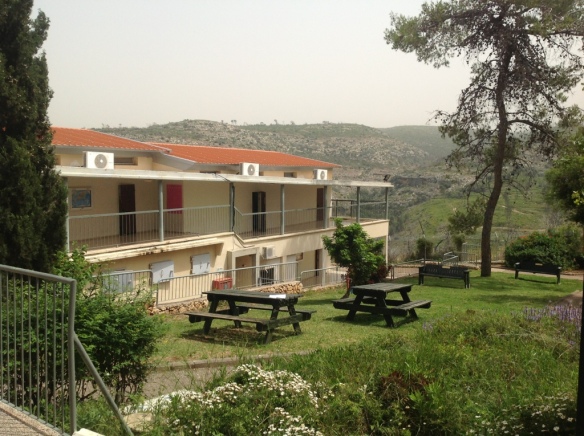After our morning in Zippori, we drove south to Jerusalem and I could feel the energy on the bus change. All of the Rabbi’s on the bus began to buzz with excitement about being in Jerusalem. They began to talk about where they wanted to shop, eat, walk, visit, go to shul. They had all lived in Jerusalem for some period of time and had an intimate knowledge of this city. Many of them had made numerous trips to Israel with family, to visit family, to bring their own synagogue members.
This is the first glimpses of the city from our bus window.
Our initial plan was to stop at the Mount of Olives to look at the entire city from this amazing vantage point. The Mount of Olives is the mountain due West of the Old City. It is the location where all three faiths (Judaism, Islam, and Christianity) believe that the Messiah will come, or return. Christians believe that this is the location of Jesus’ ascent into heaven (which we celebrate this Thursday), and this is where he will return in the second coming.
Then we were going to walk down the Mount of Olives, enter the Old City by Lion’s Gate, the western entrance, walk the Via Dolorosa, and end up at the Church of the Holy Sepulchre.
However, the Calendar for Orthodox Christianity changed our plans. May 3 happened to be Good Friday for the Orthodox community and every Eastern Orthodox Christian was trying to walk the Via Dolorosa and follow the footsteps of Jesus from the top of the city walls where Pilate would have sentenced Jesus to death by crucifixion all the way down to Golgotha. This is the original “Stations of the Cross” liturgy. Incidentally, the location of the first station happens to now be a Muslim school for boys.
The Christian quarter in the Old City became an “enter at your own risk” area for the next few days. The Old City is small… only one square kilometer. And three faiths have to cohabit, along with the variety of denominations within each faith. It gets crowded fast.
So, we had our first look at the expanse of Jerusalem from a different mountain slightly farther away, but no less breathtaking.
And here is our group shot.

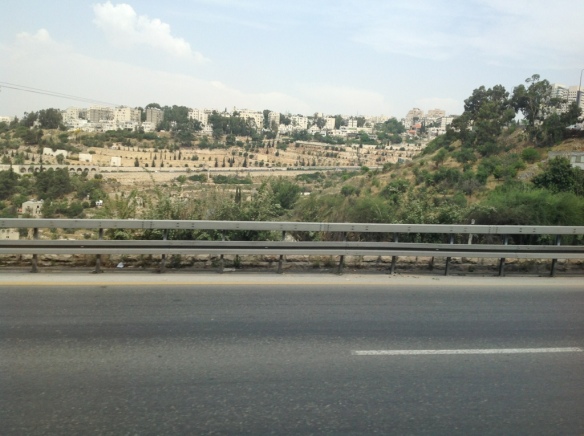
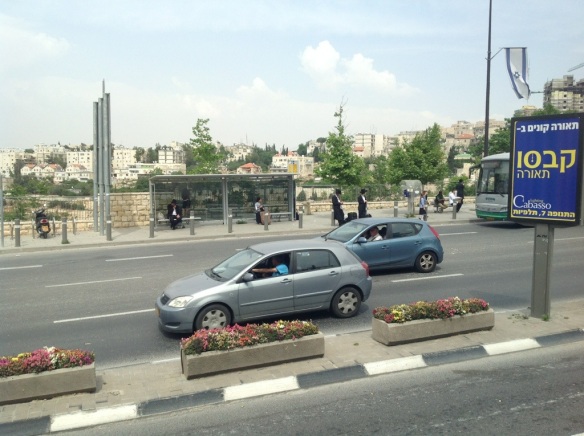
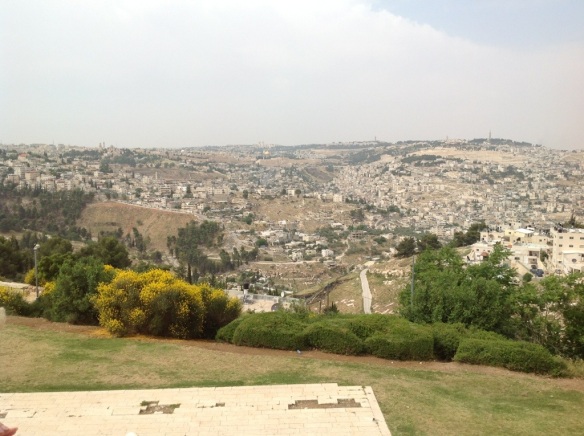
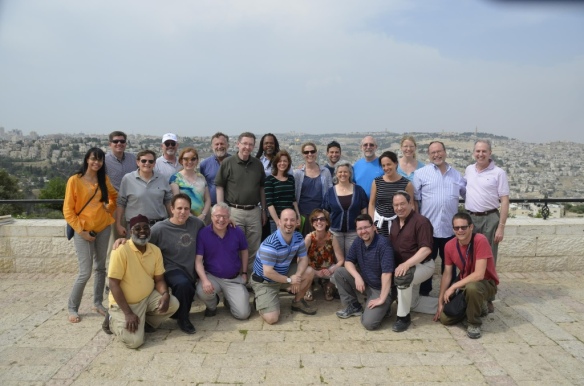
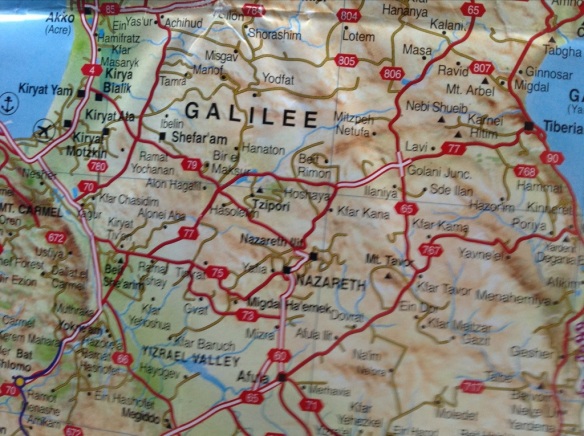
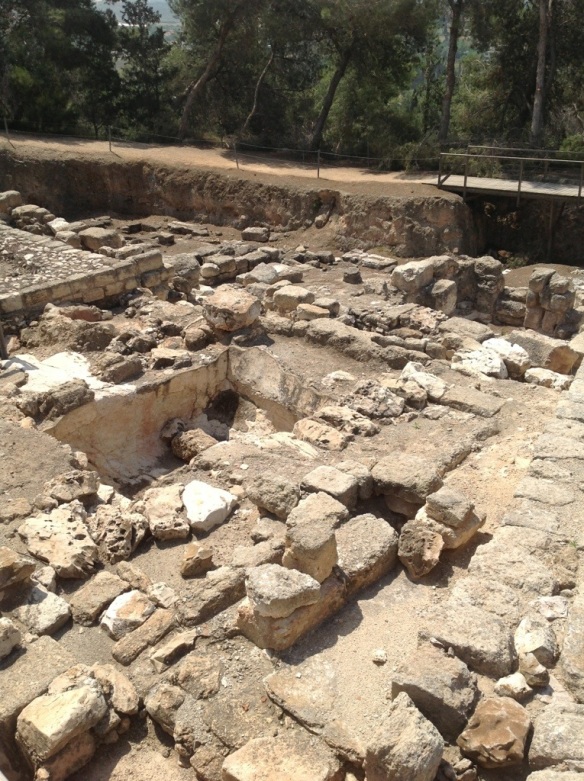






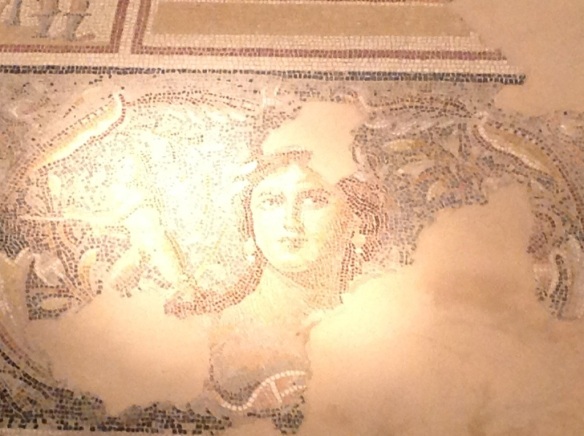

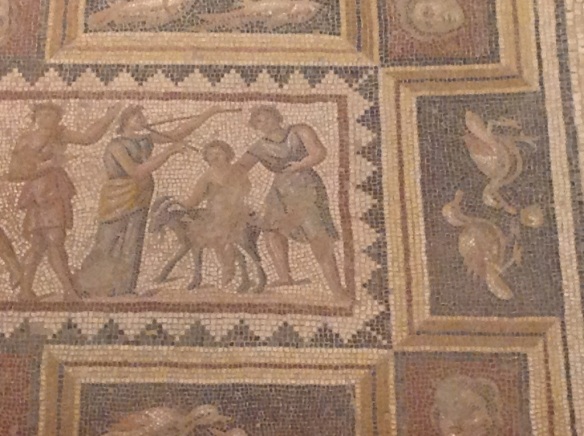
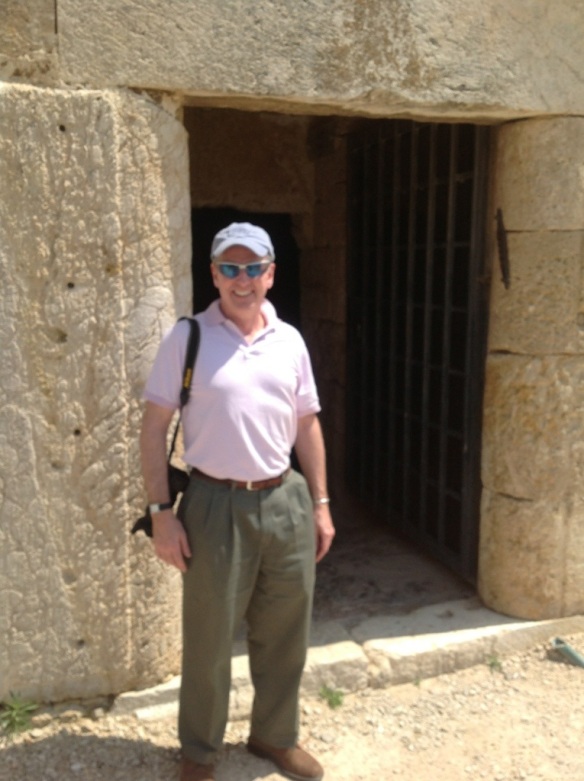
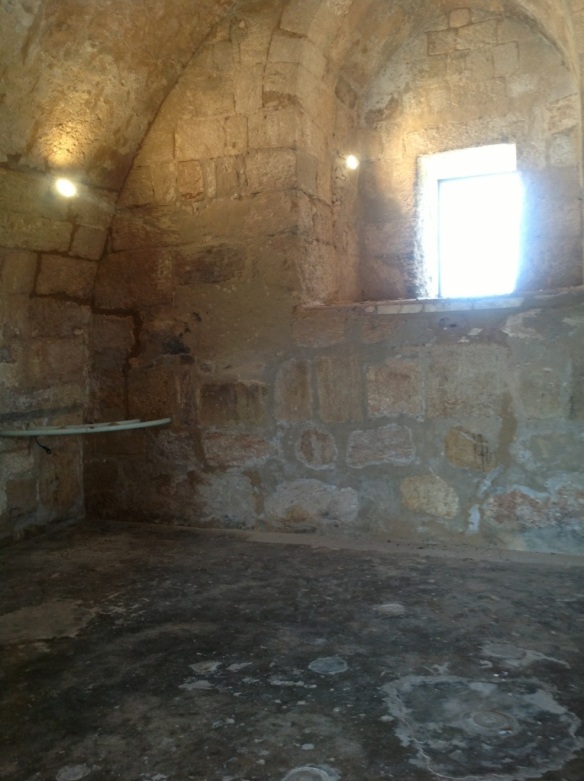
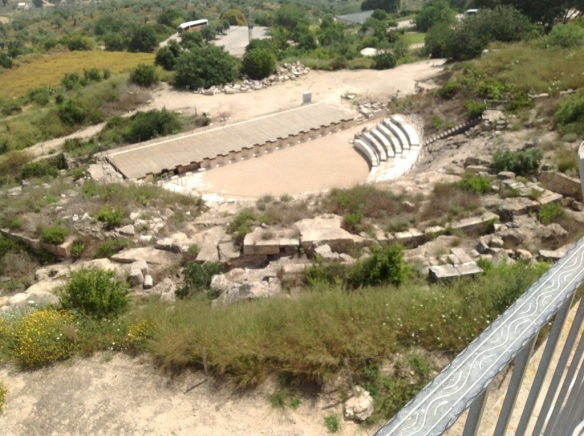

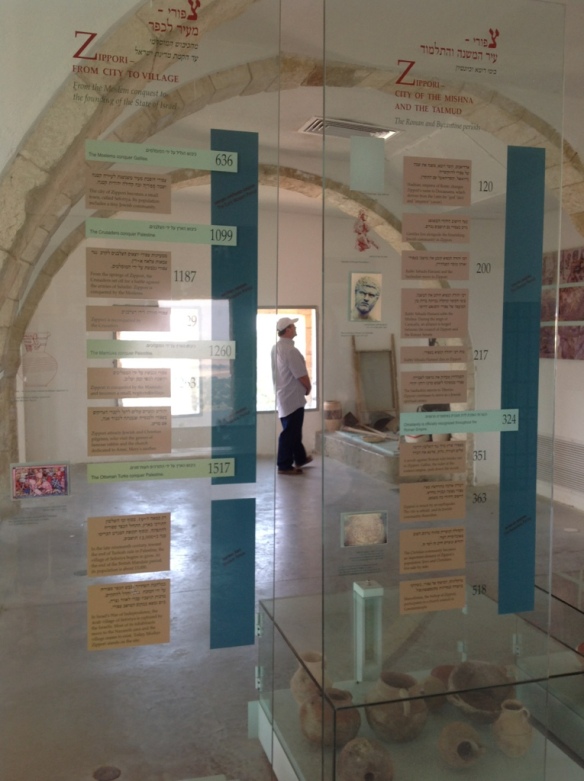
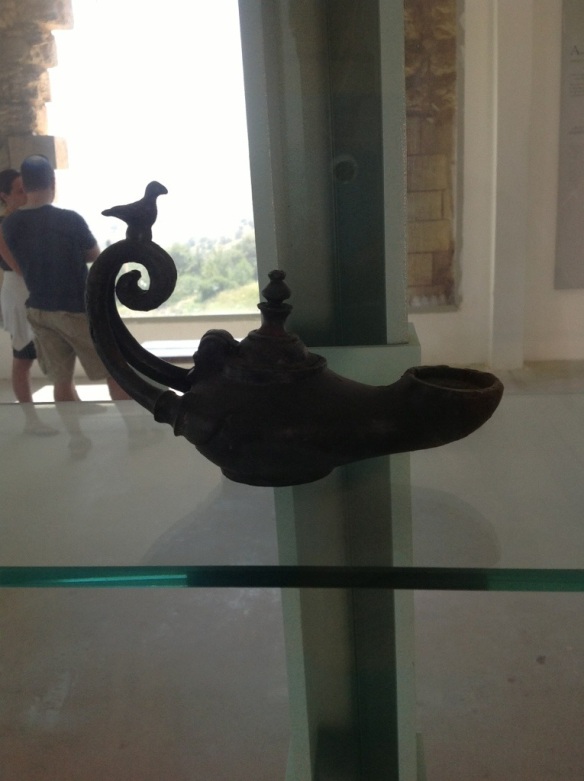
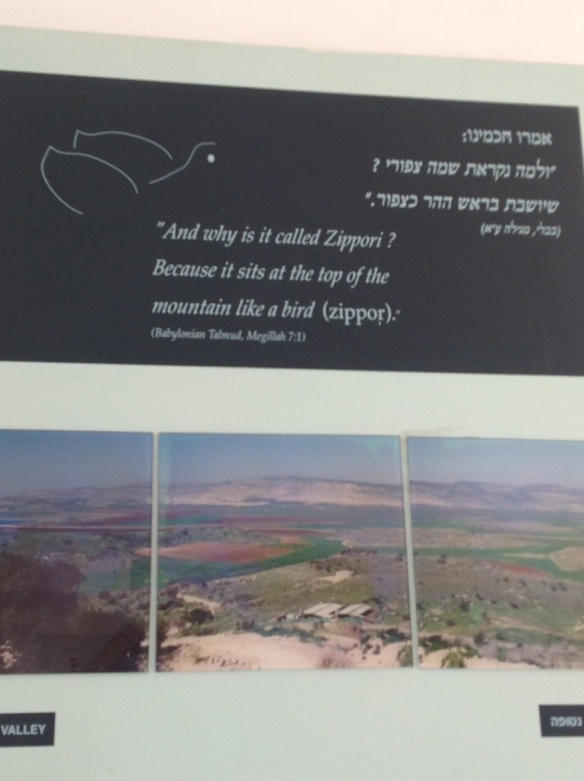
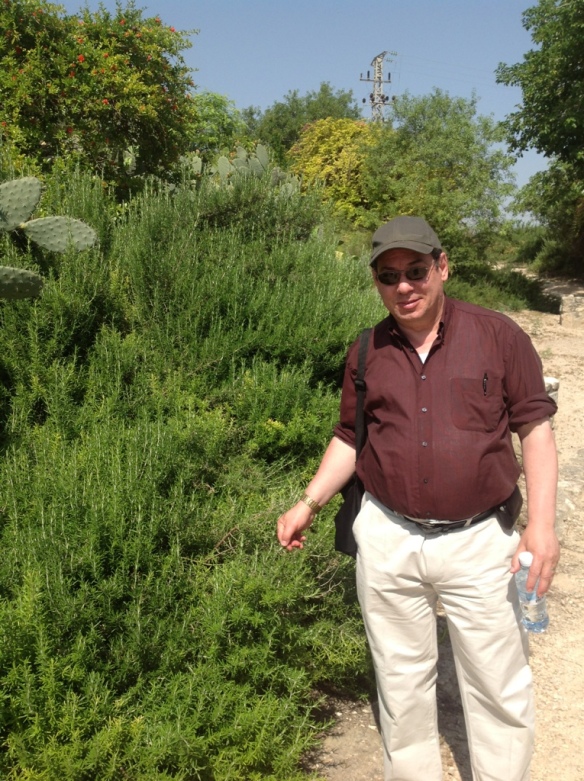
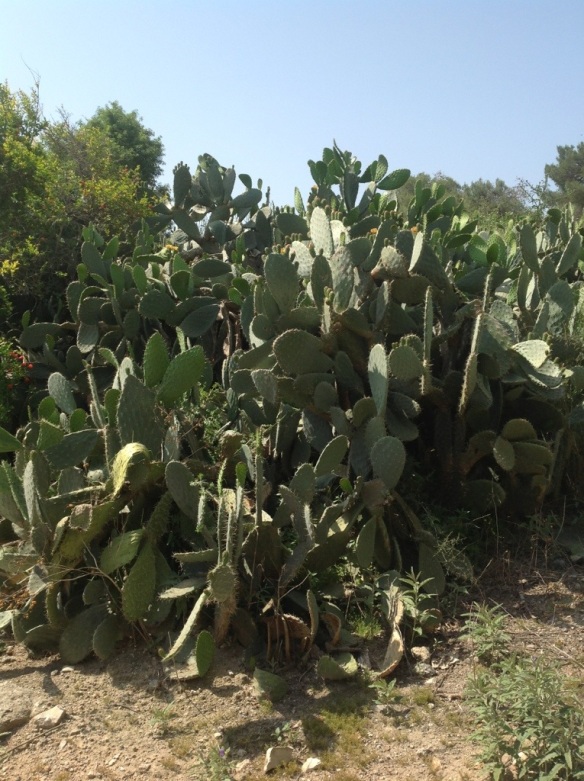

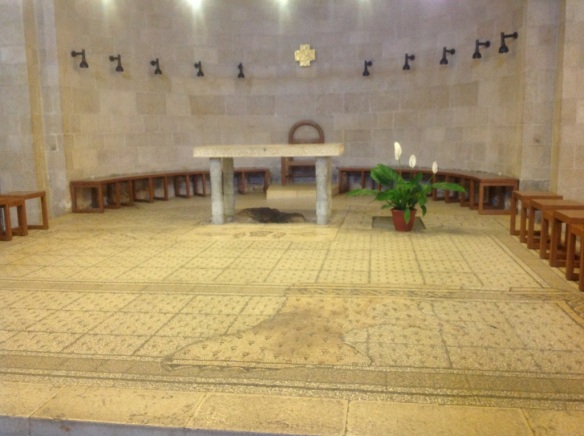


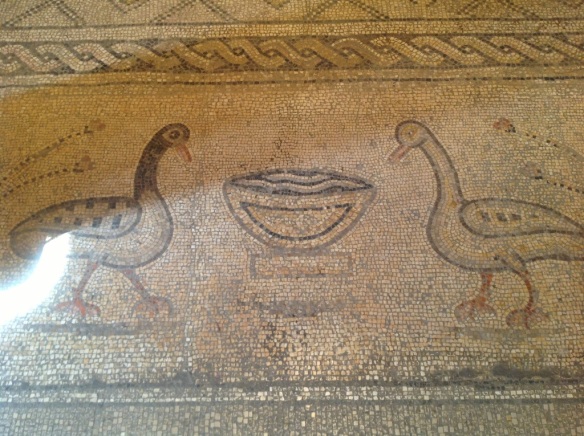

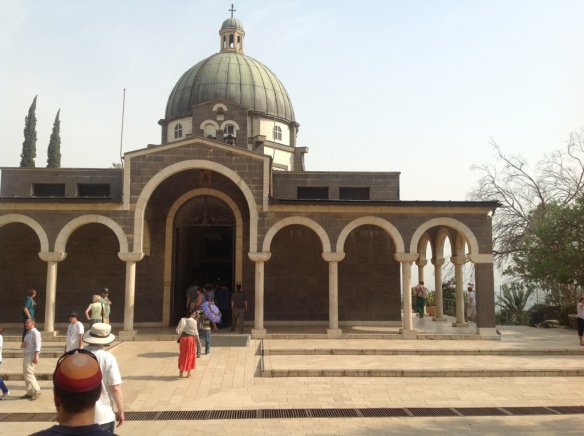
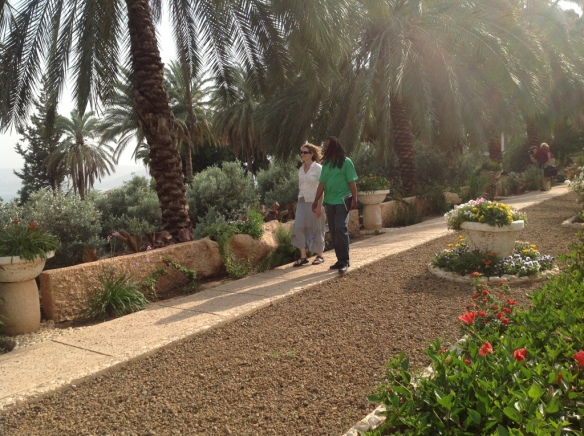
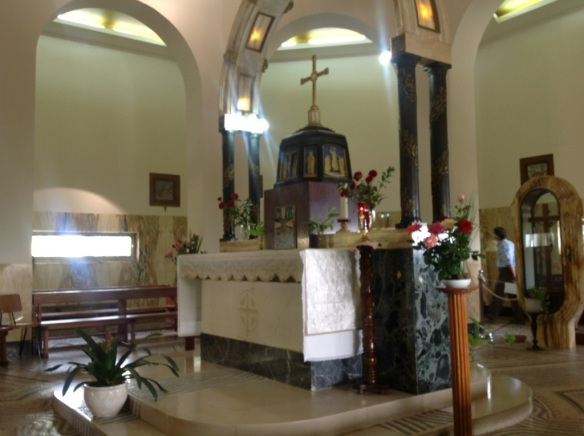

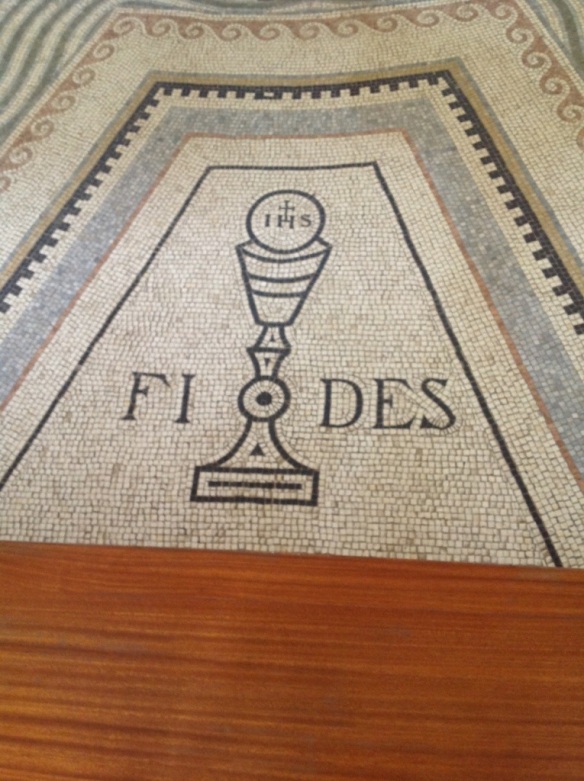
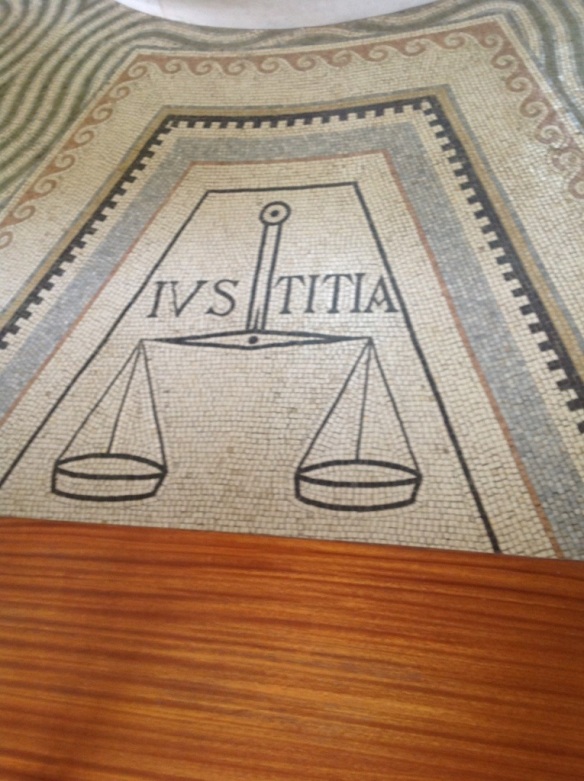
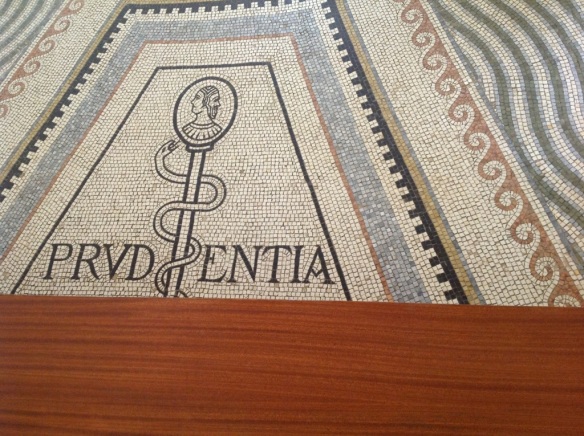


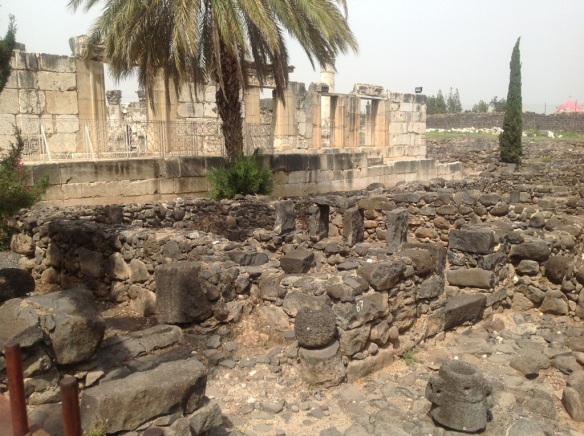

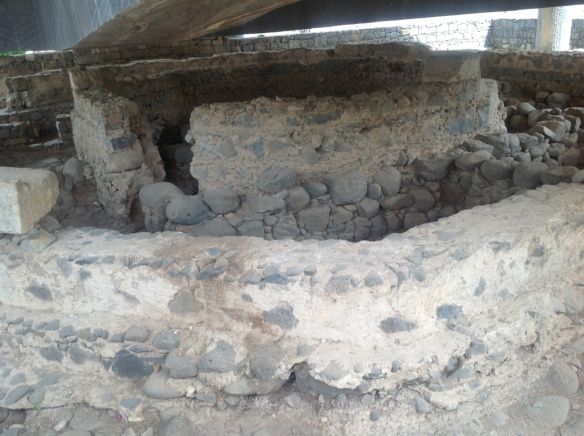
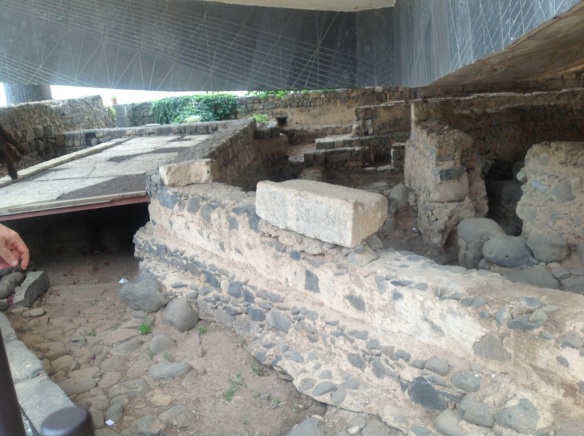

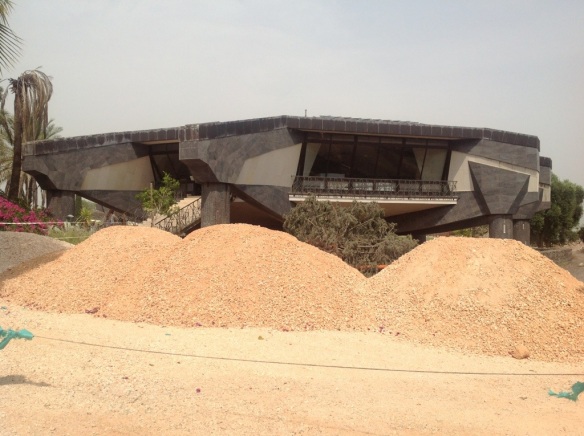


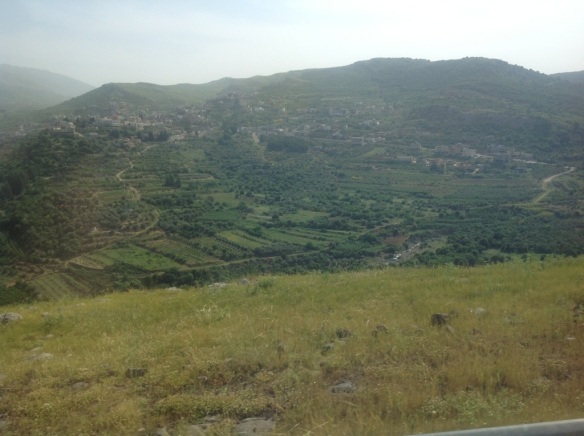

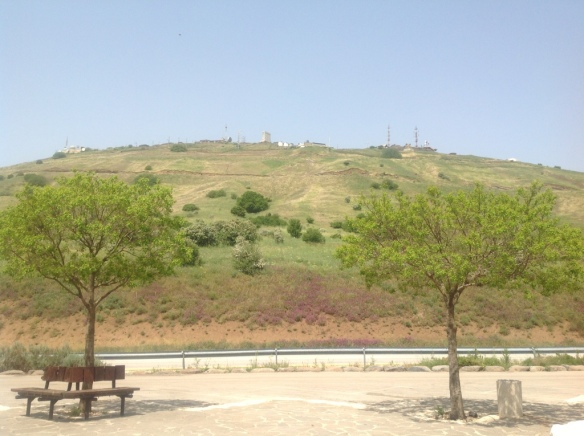
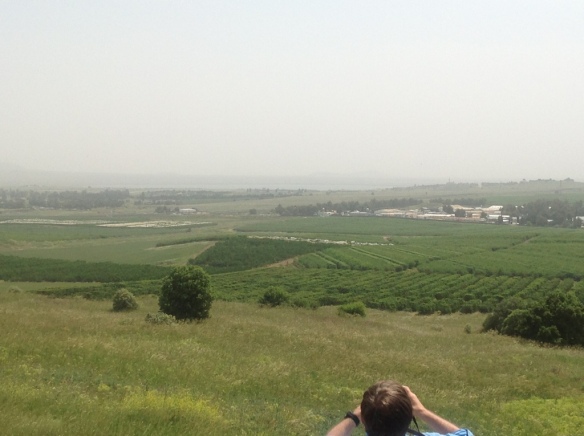


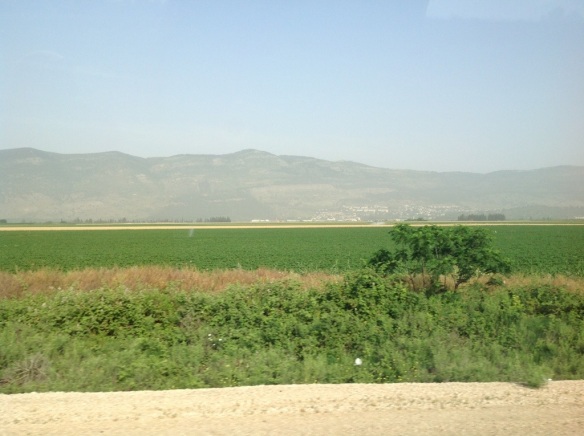
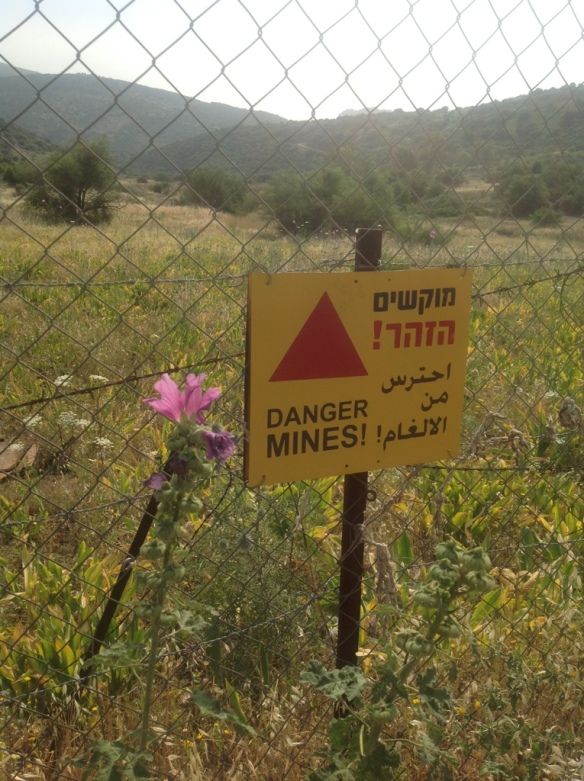
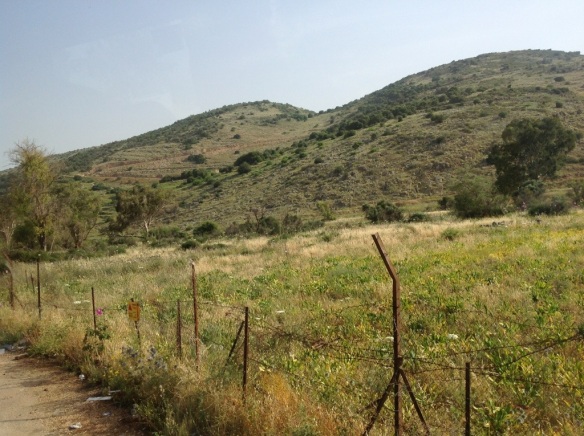


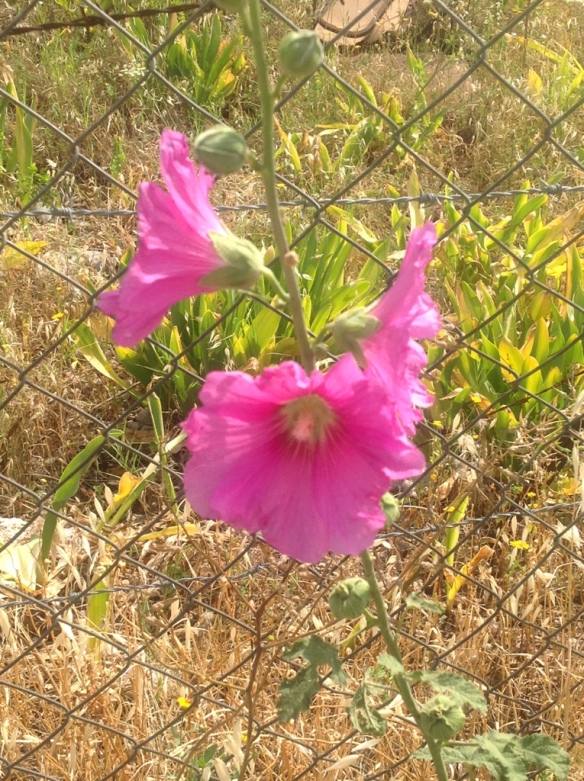
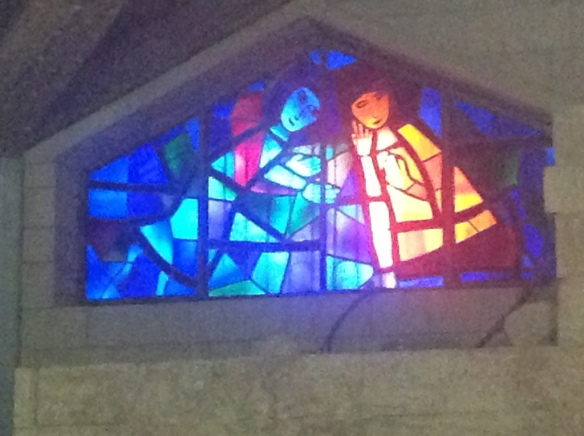 </
</ 